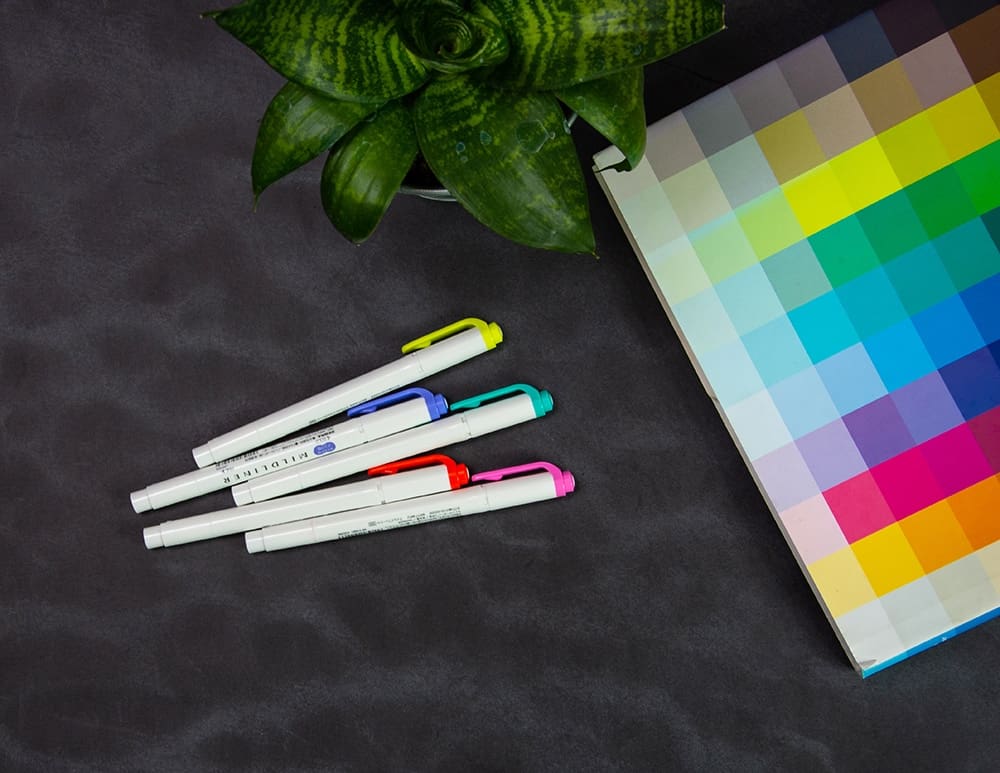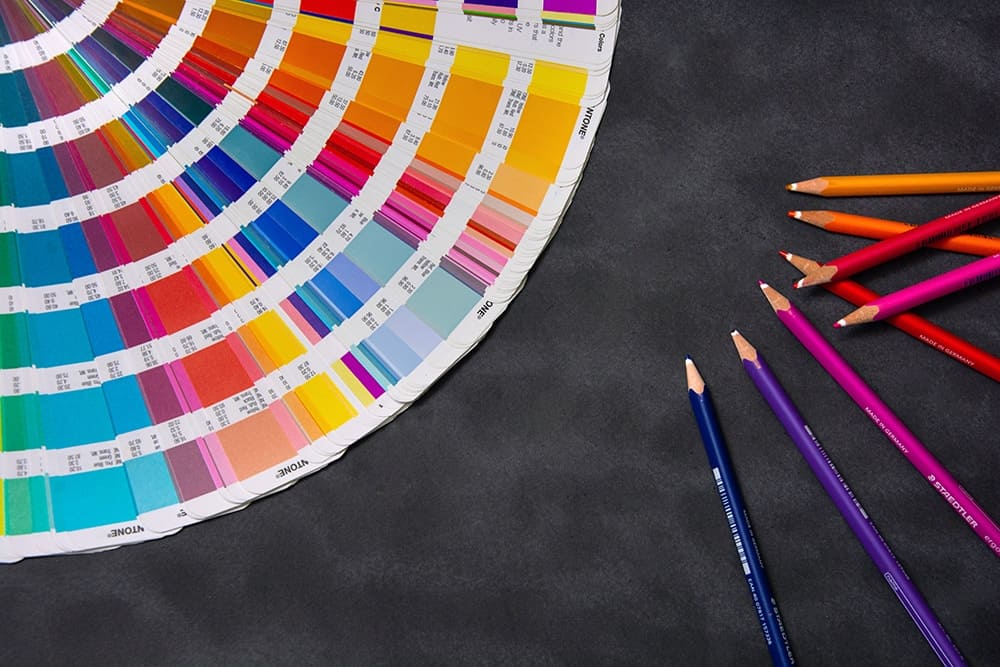Brand colors are tricky things and you should choose them carefully. As with everything, knowing your ideal customer will help guide your choices for your brand colors.
Color Preferences by Demographic
 You want to choose colors that will appeal to your customer base, while also creating meaning by using color psychology. While there is plenty of research behind “millennial pink”, it would still be a poor choice for your high-intensity-let’s-get-shredded fitness brand, even if your target audience is millennials.
You want to choose colors that will appeal to your customer base, while also creating meaning by using color psychology. While there is plenty of research behind “millennial pink”, it would still be a poor choice for your high-intensity-let’s-get-shredded fitness brand, even if your target audience is millennials.For example, most people hate the color brown but it represents practicality, the earth, and dependability. There are absolutely instances where brown makes the most sense as a brand color.
Men generally dislike purple, so if you have any clientele that is men, be wary of this color.
If you don’t know who your ideal customer is, it can be very difficult to pick the right colors for them. Color preferences exist depending on your demographic. There is a difference between wealthy people vs lower-income people. There are colors preferred by kids vs teens vs adults.
We know young children like bright colors, especially purple (which is why Barney himself is purple, and bright colors are a staple in kids’ television).
Colors can also be generational. Baby boomers have different preferences than Gen X and Millennials. Some of this comes from nostalgia and the colors we grew up seeing. Neon hues (Fresh Prince of Bel-Air anyone?) made a resurgence in the late 2010s, as millennials became the largest purchasing group.
Color Psychology
Once you know who your ideal customers are, then it’s time to start digging into the psychology behind color.

Purple, again is a great example. It has the connotation of luxury because of how hard it was to source historically. However, about half the population dislikes it, regardless of income levels. But remember studies have shown that kids are fond of purple. Is purple the right color for your luxury brand? Or is that an outdated connotation?
Depending on where you are in the world there are different colors for death and mourning, or marriage and purity. This is important to keep in mind if you hope to build an international or digital company that can help customers anywhere across the globe.
You might think that your black logo looks sleek, but in South Asian culture it’s the color of evil and darkness.
It’s important to keep in mind that colors don’t live independently. How will your brand colors interact with other colors? How do they interact with each other? Does the interaction between the two colors change their meaning?
The accepted North American connotations for green include environment, wealth, and envy. The connotations of red include passion, anger, excitement, and war. When you combine the two you would be hard pressed to find someone that didn’t think “Christmas!”
This is where picking color palettes can be a lot of fun and an exciting challenge. Can you soften the black to be less harsh? Can you add something to make the purple more masculine?
Ready for Your Own Brand Colors?
